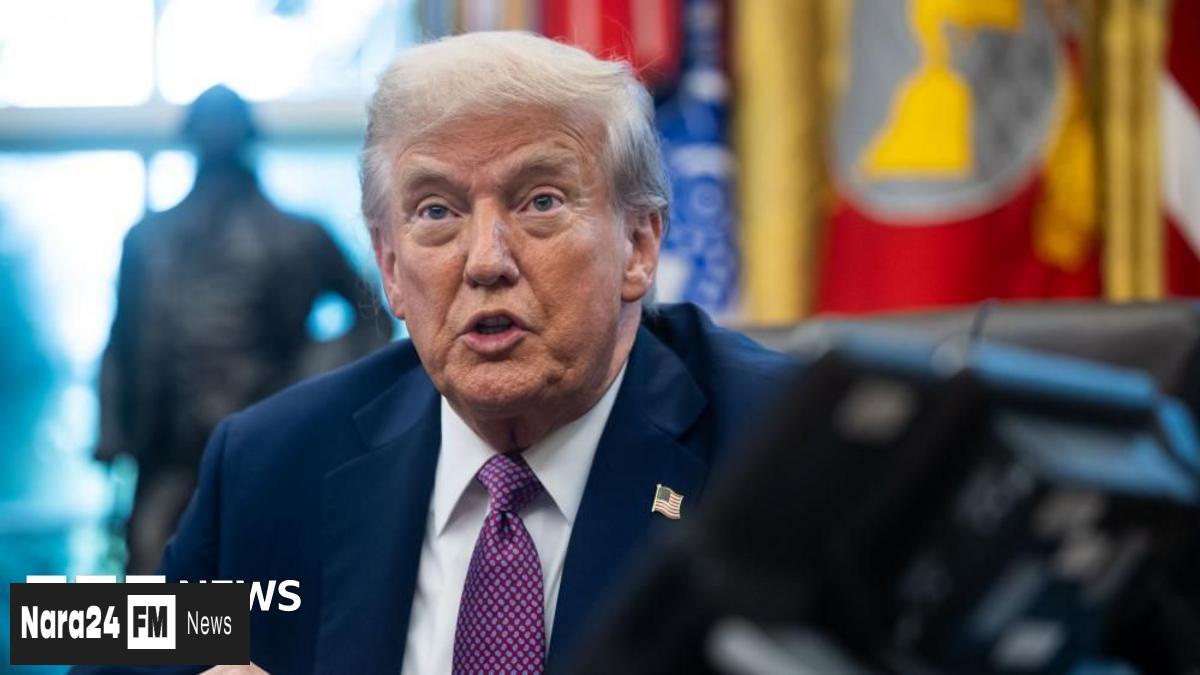In This Article
- Iran's Criticism of US Airstrikes
- Details of the Airstrikes on Iran's Nuclear Sites
- President Trump's Response and Warning
- International Community's Reaction
- Debate and Implications on US-Iran Relations
Key Takeaways
- Iranian Foreign Minister criticizes US for airstrikes on 'peaceful nuclear installations'
- US strikes targeted nuclear facilities at Fordow, Natanz, and Isfahan with Israel's involvement
- President Trump labels the operation as 'very successful' and warns against retaliatory measures
- International community closely monitoring Iran's response amid escalating tensions
- Debate sparked over the future of US-Iran relations and geopolitical implications of the airstrikes
Tensions Escalate Following US Strikes on Iran's Nuclear Sites
In a recent development, Iranian Foreign Minister Abbas Araghchi has strongly criticized the United States for its participation in airstrikes on what he referred to as "peaceful nuclear installations" in Iran. Araghchi emphasized that the US actions have severely undermined diplomatic efforts and will result in long-lasting repercussions.
The strikes, which targeted crucial nuclear facilities at Fordow, Natanz, and Isfahan, were carried out with the involvement of Israel. President Donald Trump applauded the operation, labeling it as "very successful." He also issued a cautionary statement, warning against any retaliatory measures and pointing out that there are still multiple potential targets.
As tensions continue to mount between the two nations, the international community is closely monitoring Iran's response to the airstrikes. The situation remains volatile, with concerns over potential escalation and the impact on diplomatic relations in the region.
The US strikes on Iran's nuclear sites have sparked widespread debate and raised questions about the future trajectory of US-Iran relations. The fallout from these events is expected to have far-reaching implications on the geopolitical landscape, with both countries facing a critical juncture in their interactions.








Comments (0)
Leave a Comment
Be the first to comment on this article!